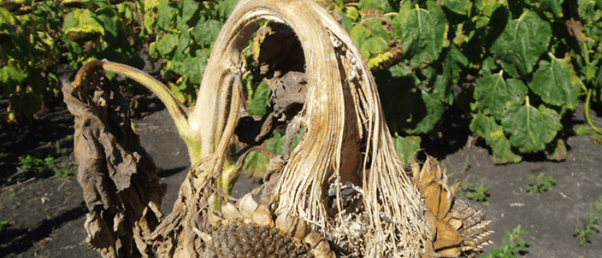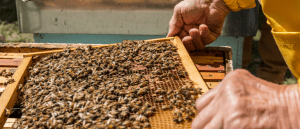Protein identified allowing Sclerotinia sclerotiorum to destroy crops

Researchers have identified the protein that allows white mold stem rot to bypass plants’ defenses, which could lead to more precise control strategies against the pathogen.
Sclerotinia sclerotiorum (S. sclerotiorum) is a fungus that causes white mold stem rot in more than 600 plant species and can overcome plants’ natural defense mechanisms. Researchers from the U.S. Department of Agriculture’s Agricultural Research Service (MA, USA) and Washington State University (WA, USA) have now identified the protein that allows the fungus to infect many different plants including potatoes, soybeans, lentils, sunflowers, and other broadleaf crops, despite the plants’ efforts to protect themselves.
The S. sclerotiorum plant pathogen secretes polygalacturonase (PG) during infection, which causes the cell walls to degrade and the crops to rot and die, resulting in billions of dollars of damage in a year of bad outbreaks. Plants had evolved to defend themselves against this by counteracting with a PG-inhibiting protein (PGIP), which binds to PG and mitigates its harmful activities. PGIP was first identified in 1971; however, ever since, scientists have known that some fungal pathogens have adaptations to bypass this defense but were unable to identify how.

It’s time to fight back: honey bees vs. Varroa mites
A new breed of honey bees have been selectively bred to identify and remove the Varroa mite from their colonies, which has been a major threat to honey bees for half a century.
“What you have is essentially a continuous arms race between fungal pathogens and their plant hosts, an intense battle of attack, counterattack and counter-counterattack in which each is constantly developing and shifting its chemical tactics in order to bypass or overcome the other’s defenses,” says Weidong Chen (Washington State University), who led the research group conducting this study.
The team of researchers looked at what the fungus was excreting and, in doing so, found a protein they’ve termed S. sclerotiorum PGIP-Inactivating Effector 1 (SsPINE1), which interacts with PGIP.
SsPINE1 functionally inactivates the PGIP protein from plants, thereby bypassing their defensive shields. To confirm their suspicion of SsPINE1, the researchers deleted it in the fungus and found it had a significantly reduced impact in the lab.
“I got goosebumps when we found this protein,” says Kiwamu Tanaka (Washington State University), a co-author of this paper. “It answered all these questions scientists have had for the last 50 years: Why these fungi always overcome plant defenses? Why do they have such a broad host range, and why are they so successful?”
Now that this protein has been identified, improved control measures against S. sclerotiorum can be developed, including breeding plants that are naturally resistant to the white mold stem rot pathogen. Additionally, the research team showed that other fungal pathogens employ a similar counterstrategy, meaning this finding could have widespread benefits.